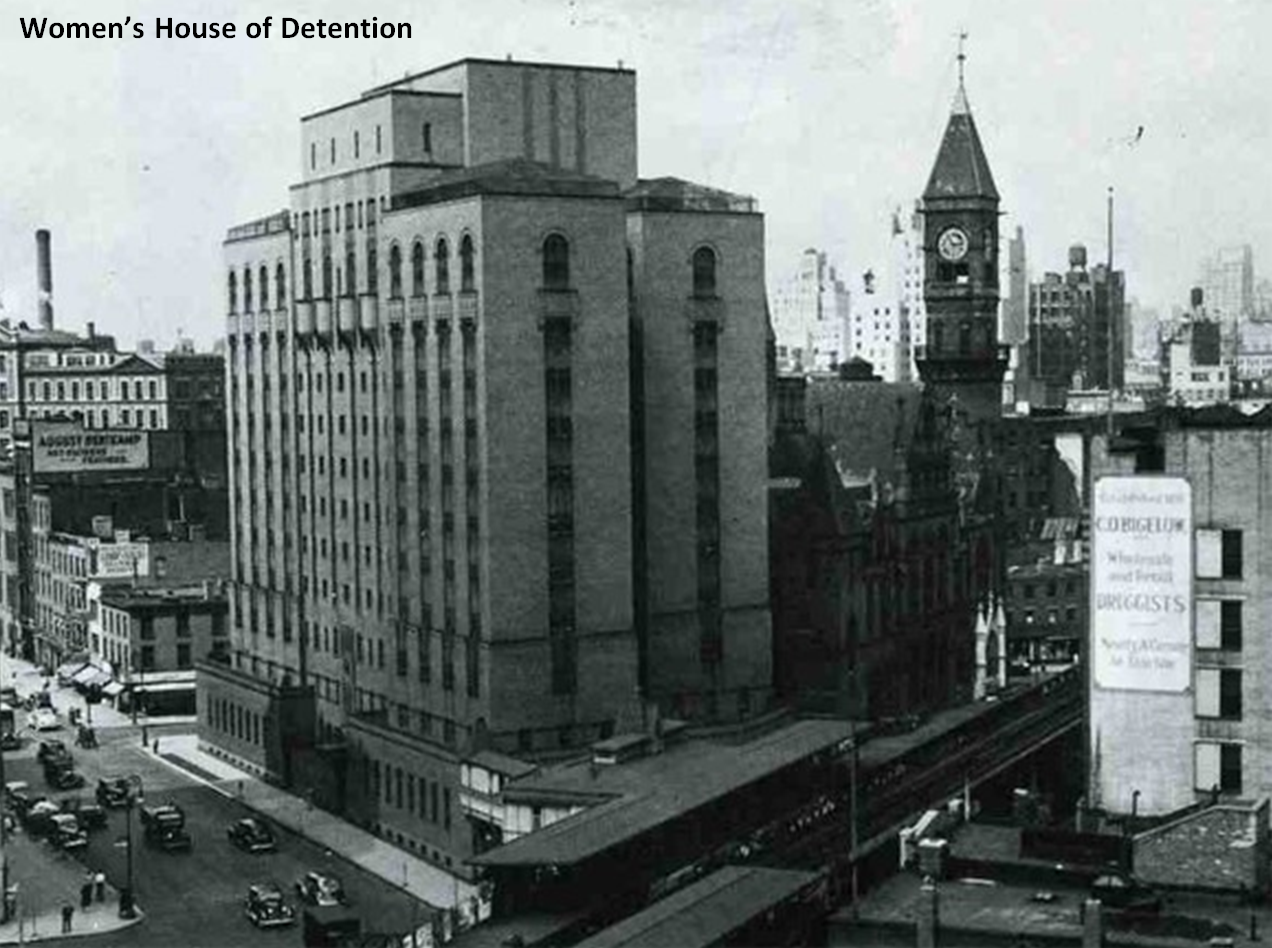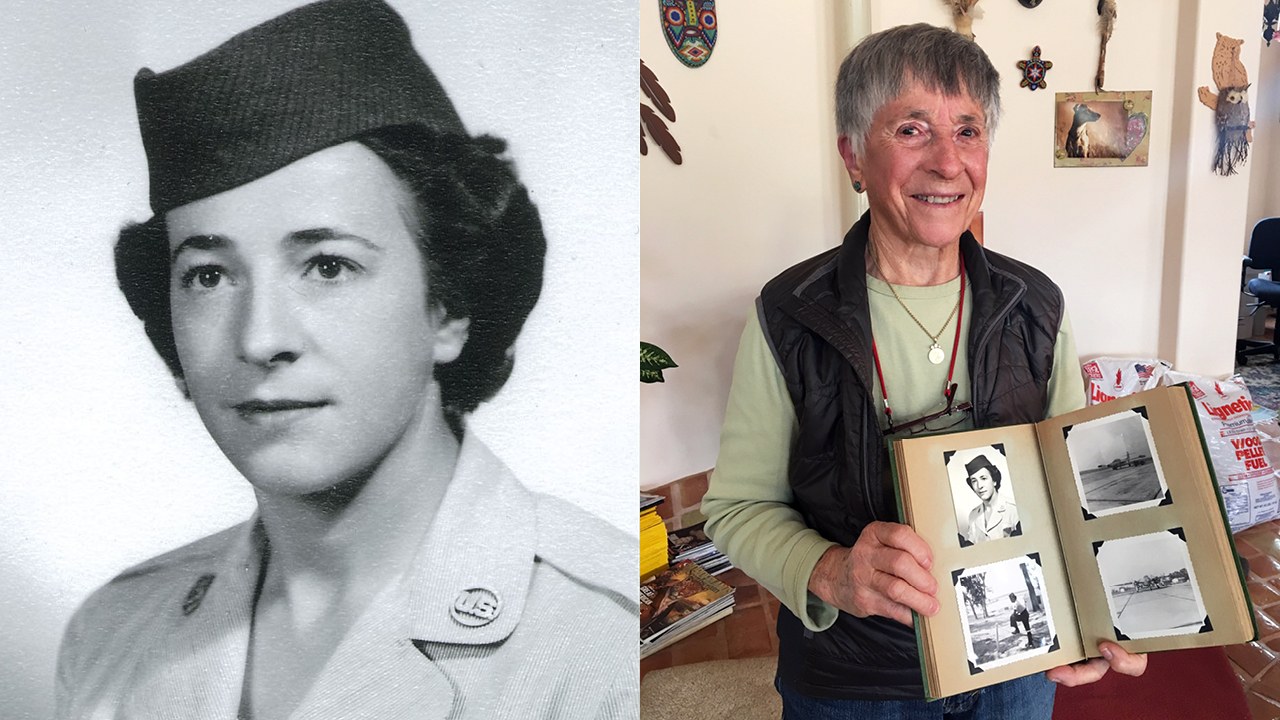For all the many words written on Greenwich Village, two questions have never been adequately answered: why did Greenwich Village become the heart of American bohemianism, and the most visible site of American queer rebellion?
Read MoreWho's Afraid of Social Contagion?
We’re going through a Great Reorganization of Sexuality and Gender—the second such transformation in U.S. history.
Read MoreThe Last Free Woman
The first words Nan McTeer ever said to me were, “I’m currently in hospice care. I have lung cancer, it has metastasized to my brain, but my mind is still okay! You’ve got a while to pump me for information.”
Read MoreMarsha P. Johnson at Christopher Street Liberation Day, 1971, by Diana Davies; from Love and Resistance
Voices on the Line
While the 1960s saw mass movements for black power, women’s liberation and gay pride, today we have Black Lives Matter, a resurgent feminism and, in May 2014, Time magazine declaring a “transgender tipping point”, representing the “next civil rights frontier”. (The frontier is a bloody one. Following the murders of two black trans women in Dallas earlier this month, the same magazine described a “disturbing pattern” in the “epidemic of violence against the transgender community”, which “disproportionately affects trans women of color”.) Unsurprisingly, a new generation of historians is now telling the story of Stonewall differently.
Read MoreThe Queer History of the Women’s House of Detention
From this point on, the prevalence of queer sexuality in the House of Detention would be mentioned by nearly every author who spent time inside the prison, including Angela Davis, Elizabeth Gurley Flynn, Afeni Shakur, Andrea Dworkin, and Sara Harris, who worked as a social worker in the prison for a year while writing her 1967 tell-all expose, Hellhole: The Shocking Story of the Inmates and Life in the New York City House of Detention for Women.
Read MoreDr. R. W. Shufeldt
How eugenics gave rise to modern homophobia
To Shufeldt, black people represented an external threat to whiteness, and queer people represented an internal one (the existence of black queer people seems never to have entered his mind). These were discrete issues, but they were both, at heart, about promoting white supremacy.
Read MoreThe Stonewall Riots Weren’t New York City’s Only Queer Uprising
After protesting the prison, the march began to disperse – at which point, activists heard about what was happening at The Haven. Many believed the cops knew that most queer activists would be at the rally in Times Square that night, and had raided The Haven assuming there would be little opposition.
But the cops were wrong.
Read MoreRead the original here.
Themstory: The 1950s Government Witch Hunt That Exposed Closeted Queers
By this point, the line between homosexuals and communists had blurred almost to non-existence in the eyes of most Americans. Both were thought to be spies hiding in plain sight, associating in small cells, out to destroy the American way of life. If you were one, you were probably the other.
Read More



